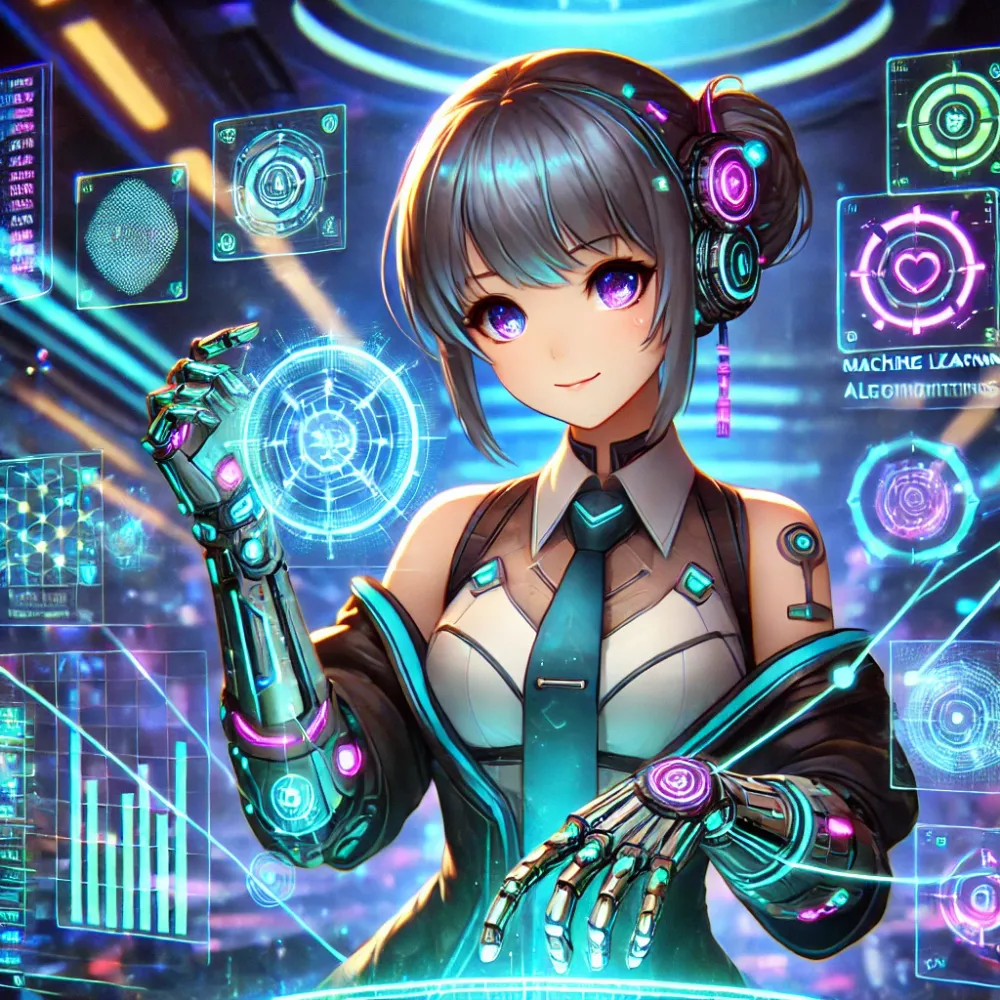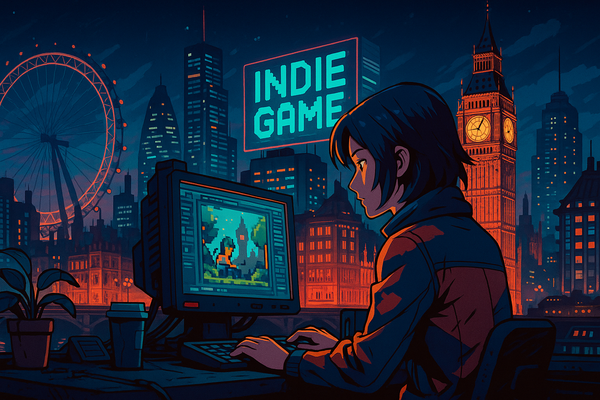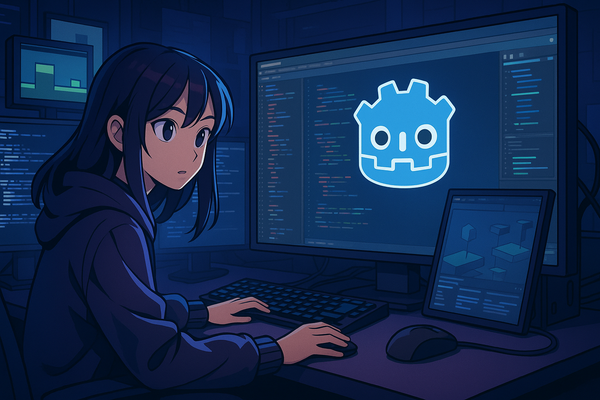From concept to gameplay: How machine learning enhances indie games
Machine learning (ML) has brought a wave of innovation to the gaming industry, offering tools and techniques that significantly enhance game design and player experience. For indie developers, in particular, ML can bridge the gap between creativity and technical limitations, enabling small teams to compete with larger studios. This article explores how ML is transforming indie games from concept to gameplay, making them more adaptive, immersive, and engaging.
1. Procedural content generation (PCG)
One of the key ways ML enhances game development is through procedural content generation. PCG involves using algorithms to create diverse game content, such as levels, landscapes, and quests, without manual intervention. ML has taken this further by making these systems more adaptive and sophisticated. Unlike traditional PCG, which relies on fixed parameters, ML can learn and evolve, producing content that reacts to player behavior and preferences.
For instance, AI-powered platforms like Ludo can analyze player data and trends to generate new game ideas or suggest content updates, helping indie developers create unique gameplay experiences without extensive resources (Mind Studios).
Related Reading: Check out "The Power of Procedural Generation: How to Create Endless Replayability for Indie Games" for insights on how procedural content drives engagement.
2. Dynamic game balancing
Game balancing is essential for maintaining player engagement. However, manually tweaking game difficulty can be time-consuming and often results in a "one-size-fits-all" approach. ML enables dynamic game balancing by analyzing real-time player data and adjusting the game’s difficulty to suit individual players. This makes the gameplay experience more tailored, keeping players challenged without causing frustration.
Games like FIFA and Minecraft use ML algorithms to adjust difficulty and game elements, making sure players remain engaged and entertained, regardless of their skill levels (DigitalDefynd, Pattem Digital).
3. Enhanced NPC behavior
Creating realistic non-playable characters (NPCs) has always been a challenge. Traditionally, NPCs follow pre-programmed scripts, leading to repetitive or predictable behavior. ML can change this by allowing NPCs to learn from player interactions and adapt their responses accordingly. This makes NPCs feel more lifelike and adds depth to the game world.
For example, ML-driven NPCs can adapt their strategies in combat, negotiate differently based on a player’s past actions, or even offer unique dialogue. This level of sophistication helps indie developers create more engaging and immersive stories without needing a massive scripting effort (Whimsy Games)
Related Reading: To learn more about the importance of character-driven storytelling, see "Why Storytelling Will Define the Next Era of Indie Games".
4. Adaptive AI storytelling
ML also plays a crucial role in enhancing game narratives. By analyzing player choices and behavior, ML algorithms can dynamically generate or alter storylines, making each playthrough unique. Adaptive storytelling ensures that players' decisions have real consequences, encouraging multiple playthroughs to explore different outcomes.
This approach has been popularized by games that focus on branching narratives, but ML takes it a step further by making the process more dynamic and less dependent on pre-scripted paths. This creates a more personalized gaming experience, akin to interactive storytelling seen in projects like Bandersnatch(Analytics Vidhya).
5. Predictive analytics and player behavior analysis
ML's ability to analyze large datasets makes it perfect for understanding player behavior. By examining how players interact with the game, ML can predict future actions and suggest gameplay changes or even new features that align with player preferences. This ensures that games remain engaging over time, as developers can adapt based on real insights.
For instance, ML in games like PUBG is used to analyze player data, providing developers with insights on popular gameplay styles, weapons, and strategies. This information helps in crafting future updates that resonate more effectively with players.
Related Reading: Discover more about long-term engagement strategies in "Why Long-Term Player Retention is Key to Indie Game Success".
6. AI-Driven game testing
One of the more resource-intensive aspects of game development is testing. ML has revolutionized this by automating game testing, where AI bots can simulate thousands of interactions, detecting bugs and performance issues faster than traditional manual testing. For indie developers, this can drastically cut down development time and improve overall game quality.
AI tools can also generate detailed reports on potential problem areas, allowing developers to prioritize fixes more effectively. This means less time spent on debugging and more on enhancing the game experience.
Machine learning is reshaping the way indie games are developed, from ideation to final gameplay. By providing tools for dynamic content generation, adaptive storytelling, and real-time player analysis, ML enables indie developers to create engaging, personalized, and high-quality games without the need for extensive resources. As technology advances, the potential for even more innovative uses of ML in gaming will continue to grow, paving the way for the next generation of indie hits.




